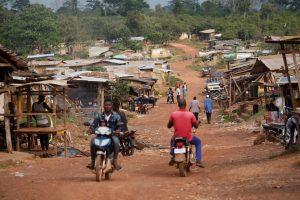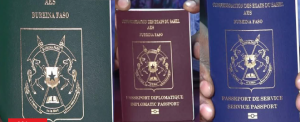Tsunami Warning California Issued After Massive Russia Earthquake – What Coastal Residents Need to Know
An 8.8 magnitude earthquake in Russia’s Kamchatka Peninsula on July 29, 2025, has prompted a tsunami warning California and West Coast tsunami warning for coastal communities from San Diego to Seattle, as well as a Hawaii tsunami warning. The Pacific Tsunami Warning Center upgraded initial watches to full warnings and issued tsunami advisories for California, Oregon, and Washington, while Hawaii remains on high alert with expected wave arrivals this evening. Residents are urged to monitor official channels, heed evacuation orders, and stay clear of beaches, harbors, and estuaries until the all‑clear is given.
1. The Russia Earthquake That Triggered Widespread Alerts
At 11:25 p.m. GMT on July 29, the U.S. Geological Survey recorded a preliminary 8.0 earthquake roughly 78 miles southeast of Petropavlovsk‑Kamchatsky, Russia. Rapid reassessments upgraded the event to an 8.7 and finally an 8.8 quake—the strongest earthquake ever recorded in the Kamchatka region. Such a powerful seismic shift is known to displace massive volumes of ocean water, leading to trans‑Pacific tsunami propagation.
2. Tsunami Warning California & West Coast Advisory Details
- California Tsunami Warning Today: A full tsunami warning covers the entire California coast, including San Diego tsunami warning, Los Angeles tsunami warning, and San Francisco tsunami warning areas.
- Tsunami Warning Oregon & Washington: Neighboring states stand under tsunami advisory status. Key arrival times (PDT) include:
- San Francisco: 11:30 p.m.
- Monterey: 11:35 p.m.
- Bandon (Oregon): 11:40 p.m.
- Astoria (Oregon): 11:45 p.m.
- Seattle (Washington): 12:00 a.m.
- Tsunami Advisory California: Even after the first wave, strong currents and unexpected surges can persist for hours.
Residents in tsunami evacuation zones should move inland or to higher ground immediately.
3. Hawaii Tsunami Warning & Watch Status
The Hawaiian Islands—still recovering from past events like the 2011 Japan tsunami—were placed under a tsunami watch California, then upgraded to a Hawaii tsunami warning at 3:23 p.m. HST. Sirens blared across Oahu tsunami zones, Honolulu, and Kauai tsunami warning areas, with the first wave expected in Hanalei by 7:17 p.m. HST. Islanders are urged to consult Hawaii News Now and the Pacific Tsunami Warning Center for real‑time tsunami updates.
4. Japan Records Tsunami Activity
Across the Pacific in Japan, coastal communities in Hokkaido, Fukushima, and Iwaki prefectures reported initial surges of up to 50 cm. The Japan tsunami warning system remains active, and residents continue to evacuate low‑lying areas amid fears of larger subsequent waves.
5. How to Stay Safe During a Tsunami Event
- Evacuate Immediately: If you’re in a designated tsunami evacuation zone, leave right away—do not wait to see the wave.
- Stay Informed: Follow updates on tsunami.gov, the Pacific Tsunami Warning Center, and local emergency management channels.
- Avoid Hazard Areas: Do not linger on beaches, harbors, or estuaries until authorities lift the advisory.
- Prepare an Emergency Kit: Include water, non‑perishable food, first‑aid supplies, flashlights, and a battery‑powered radio.
- Plan Multiple Evacuation Routes: Roads may become congested or impassable; know at least two ways out.
Where to Find Live Updates
- Pacific Tsunami Warning Center: www.tsunami.gov
- USGS Earthquake Tracker: earthquake.usgs.gov
- Local Alerts: Sign up for county emergency notifications in California, Oregon, Washington, and Hawaii
Stay safe, stay informed, and heed all warnings and advisories to protect yourself and your loved ones during this significant trans‑Pacific tsunami event.





2 Comments